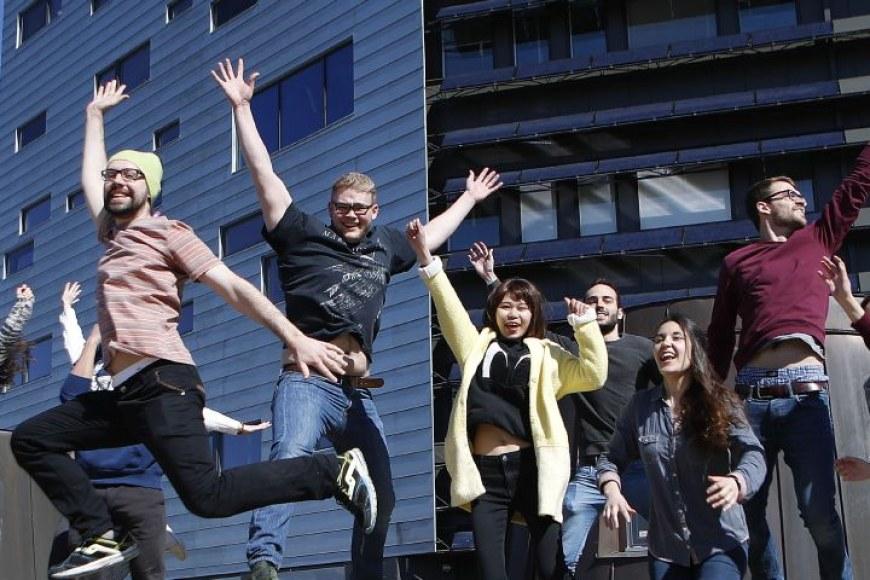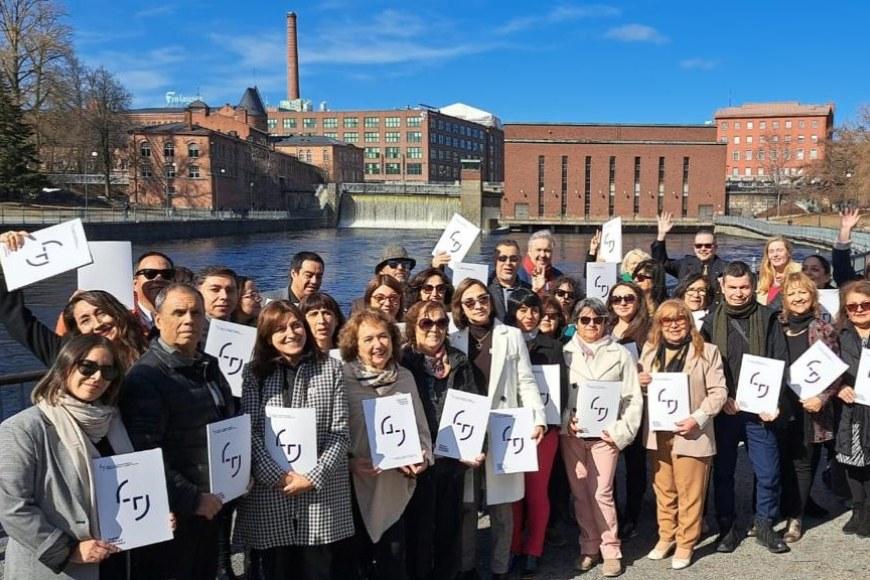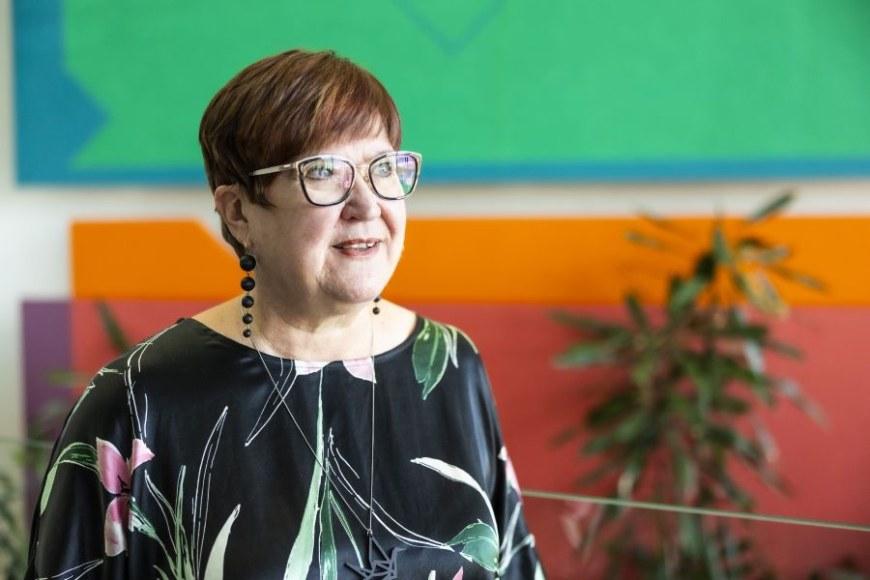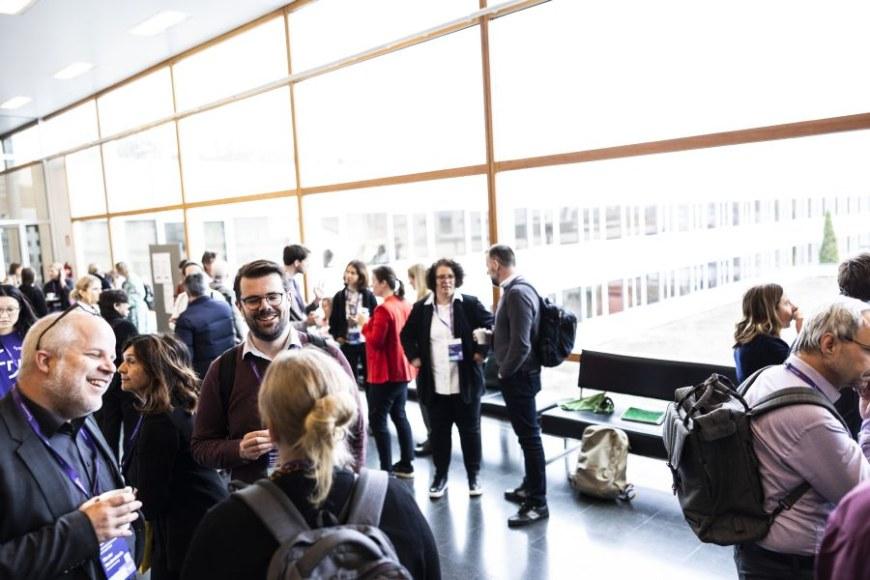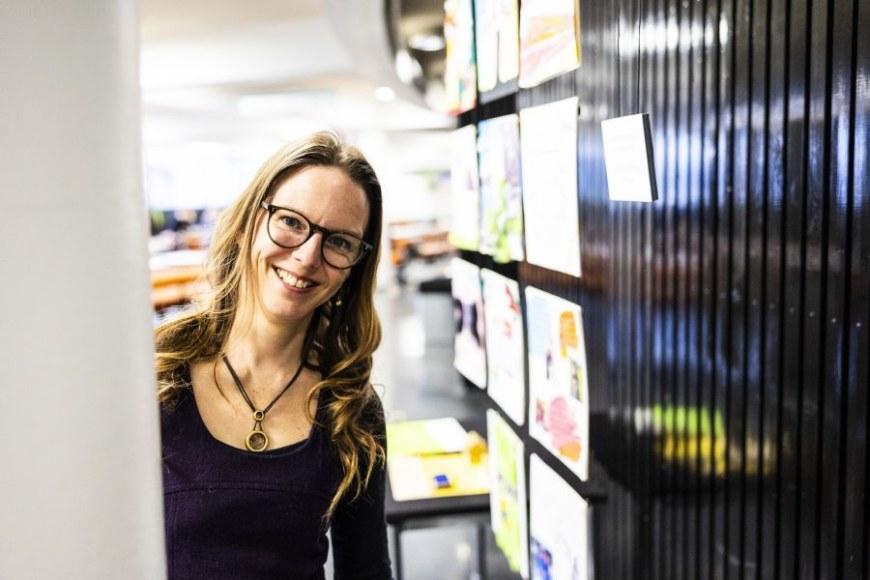Virtual tourism project develops new tourism products in Tampere Region
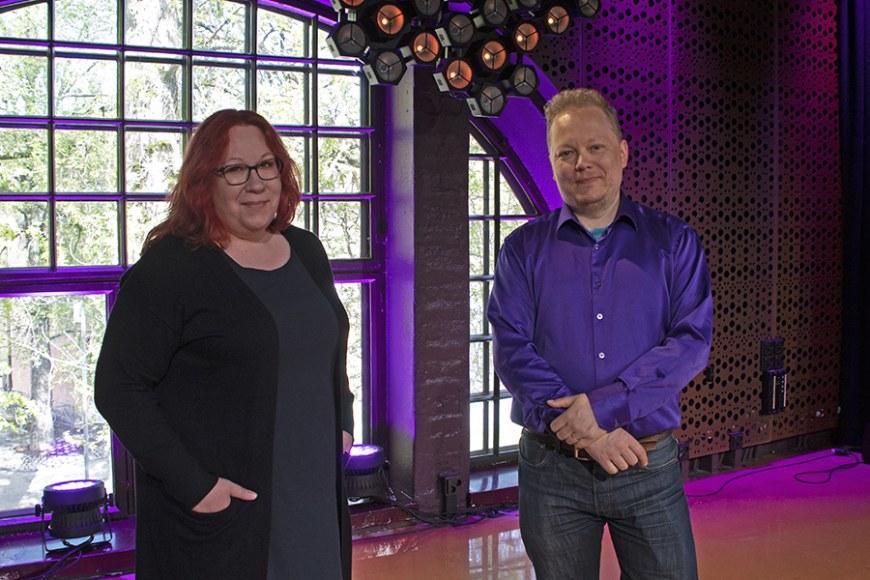
The Virtual Tourism project coordinated by TAMK aims at creating concrete products for companies and increasing Tampere Region’s international tourism provision. In addition to Visit Tampere, several tourism and virtual technology companies participate in the project.
Two new productisation pilots will be implemented during the project. The related virtual tourism destinations have not yet been decided. The Tampere Theatre, Sappee, Marttinen Youth Centre in Virrat and museums have already joined the project.
Pandemic motivates to develop responsible tourism
The corona pandemic has affected tourism companies considerably. According to TAMK’s Senior Lecturer Vesa Vuorinen, many are now interested in virtual tourism. Companies will be informed of existing techniques and solutions and their use possibilities.
“The time is right for such a project. All contacted companies joined us to plan virtual tourism possibilities. Due to the global situation, people do not anymore travel as much as earlier.”
Visit Tampere hopes that international guests will stay longer in Tampere if the city offers more services and tourism destinations for them.
“For example, the Japanese are interested in Moomins but only come here for a short visit to the Moomin Museum. The Japanese are very digitally oriented and thus virtual travel is an excellent means for the purpose,” tells Marketing and Communications Specialist Katariina Onnela from Visit Tampere.
The virtual tourism technology has developed immensely. Increase in virtual tourism is also an act of responsibility. Virtuality enables experiences for a larger group of people and people who cannot travel for some reason. The project aims at developing a model which supports all-year operation of tourism and experience companies.
“Virtual tourism is not yet a large-scale clean business but it is a good showcase and incentive,” Onnela says.
It is important to know the target group.
“Finns may not be interested in a virtual visit to a campfire but foreigners may be. It can offer considerably more cash flow than the live campfire,” Vuorinen ponders.
The participating companies meet one another in seminars which focus on the different possibilities and existing products. The aim is to make companies network. The seminars will begin in the autumn and they are open for all companies.
The Board of Regional Council granted ERDF and state funding for the Virtual Tourism project. Project funding is also planned for 2023.
Text: Arja Hautala and Emmi Rämö
Photo: Emmi Suominen
